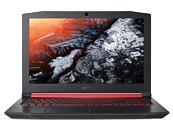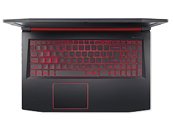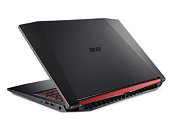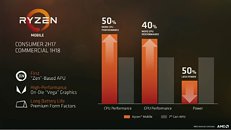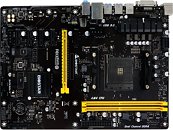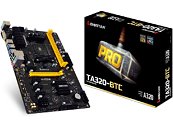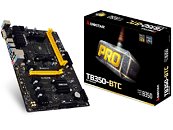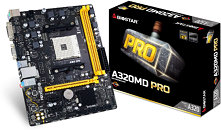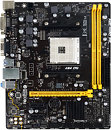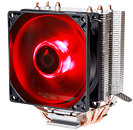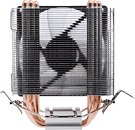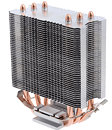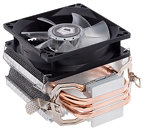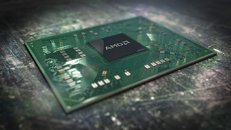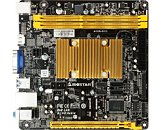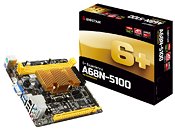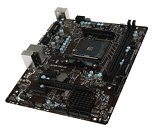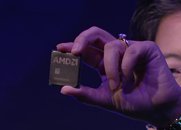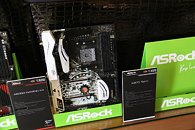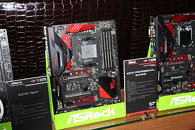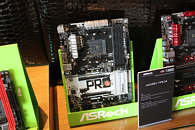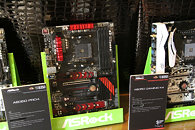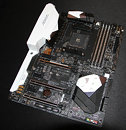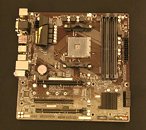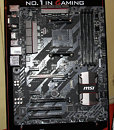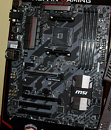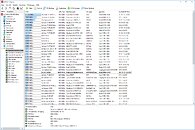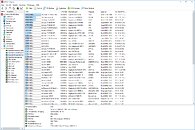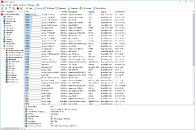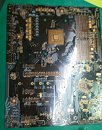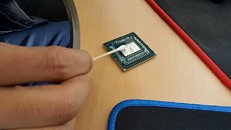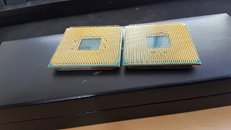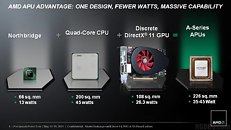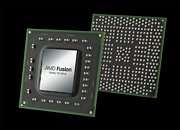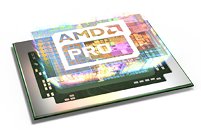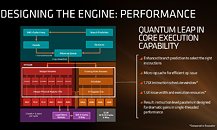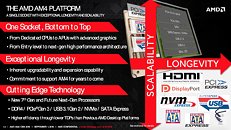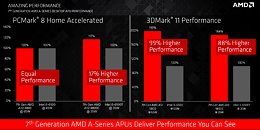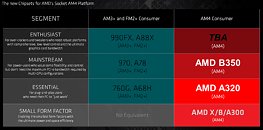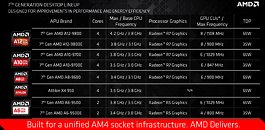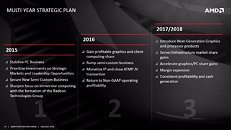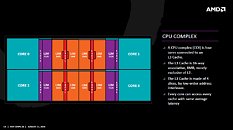
Acer Introduces the Nitro 5 Gaming Laptop for Budget-minded Gamers
In a bid to increase options for budget-minded gamers, Acer has introduced the Nitro 5 gaming laptop, whose wealth of configurations start at a respectable $800. Choosing any kind of gaming-focused laptop over building your own desktop will always look like bad business, but how much one values mobility mays edge the decision towards one side or the other.
Specs-wise, it's a mix of respectable with the bare minimum: it features a 15.6-inch FHD IPS display, up to 32 GB of DDR4 2400 MHz memory, and is available in configurations featuring Intel's Core i5 or Core i7 processors paired with an NVIDIA GTX 1050 Ti graphics card, or your choice of an AMD 7th-gen A-series FX, A12 or A10 APUs, paired a Radeon RX550 GPU. Some models will include PCIe SSDs (up to 512GB) with up to 2TB of optional HDD storage. Ports include 1x Gigabit Ethernet, 1x USB 3.1 Type-C, 1x USB 3.0, 2x USB 2.0 ports, and 1x HDMI output. The Nitro 5 also supports 802.11ac Wi-Fi with a 2x2 MIMO antenna. The Nitro 5 will be available in North America starting July 1. Acer did not release detailed pricing, so there's no idea of what the $800 configuration will net you spec-wise (though an AMD and RX 550 are pretty much guaranteed). The Nitro 5 will also be available in the EMEA in August, starting at a much less interesting €1,139.
Specs-wise, it's a mix of respectable with the bare minimum: it features a 15.6-inch FHD IPS display, up to 32 GB of DDR4 2400 MHz memory, and is available in configurations featuring Intel's Core i5 or Core i7 processors paired with an NVIDIA GTX 1050 Ti graphics card, or your choice of an AMD 7th-gen A-series FX, A12 or A10 APUs, paired a Radeon RX550 GPU. Some models will include PCIe SSDs (up to 512GB) with up to 2TB of optional HDD storage. Ports include 1x Gigabit Ethernet, 1x USB 3.1 Type-C, 1x USB 3.0, 2x USB 2.0 ports, and 1x HDMI output. The Nitro 5 also supports 802.11ac Wi-Fi with a 2x2 MIMO antenna. The Nitro 5 will be available in North America starting July 1. Acer did not release detailed pricing, so there's no idea of what the $800 configuration will net you spec-wise (though an AMD and RX 550 are pretty much guaranteed). The Nitro 5 will also be available in the EMEA in August, starting at a much less interesting €1,139.
